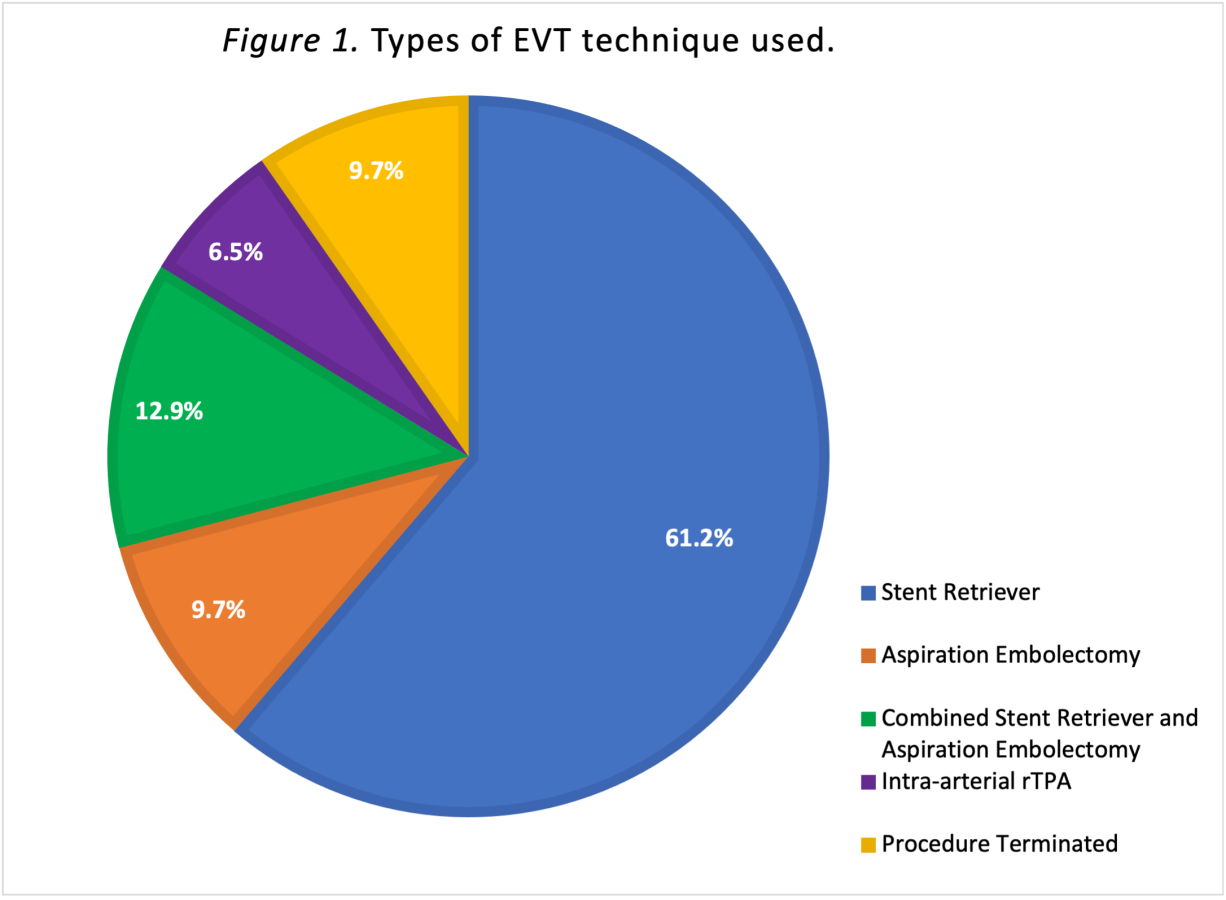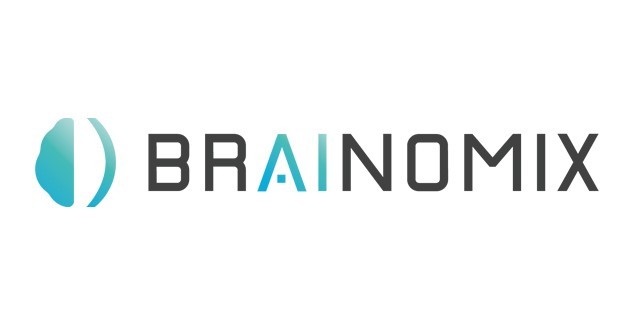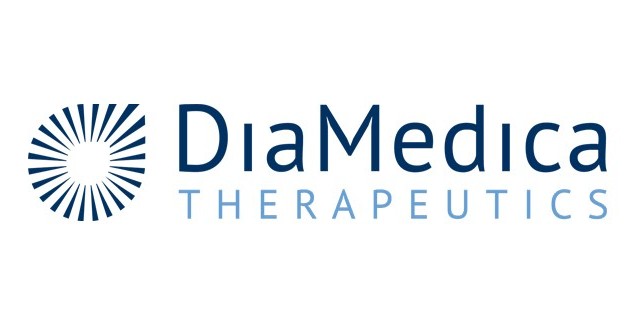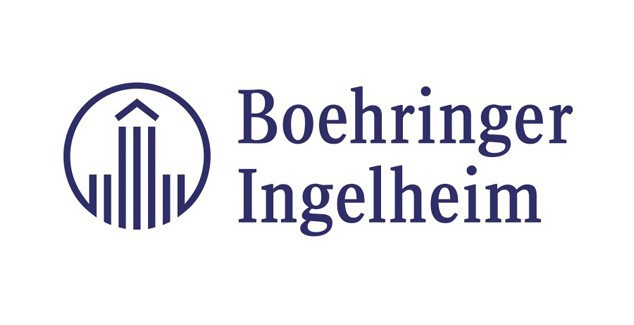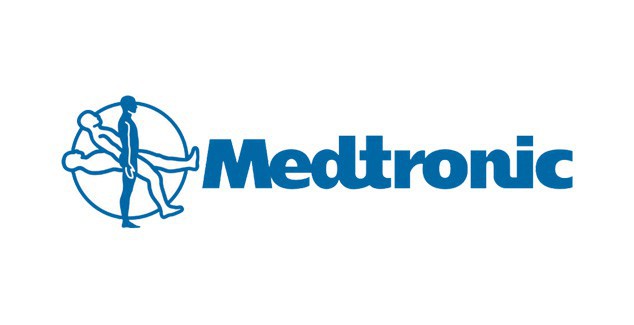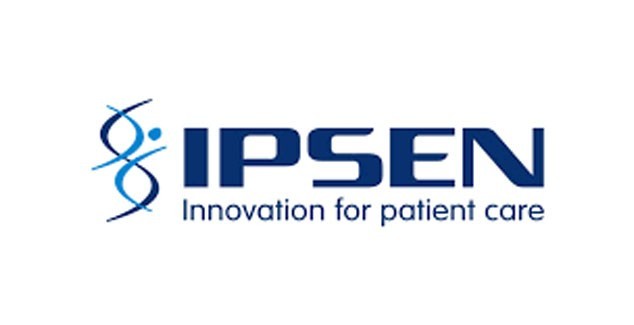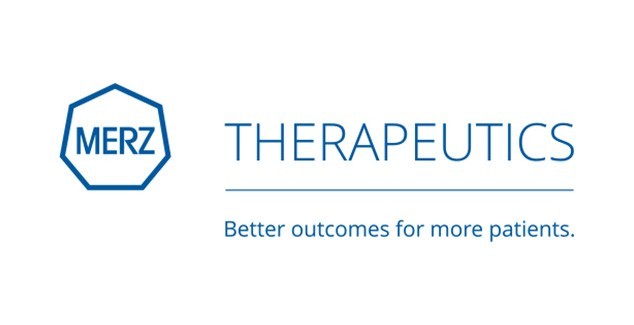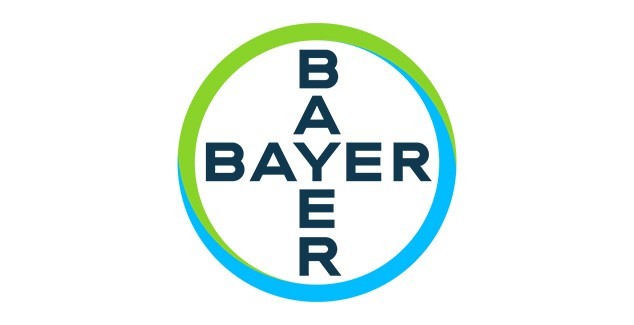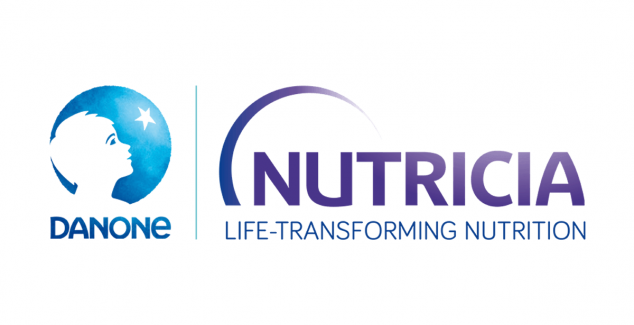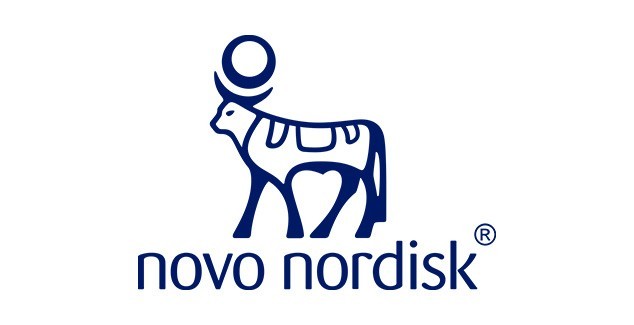Glenn Anthony Constantino1, Miguela Marie Señga1, Jo Ann Soliven1 & Erwin Victor Jocson2.
1 The Medical City, Institute of Neurological Sciences, Department of Neurology
2 The Medical City, Department of Radiology, Section of Vascular and Interventional Radiology
The Medical City is the largest healthcare network in the Philippines, including a main healthcare facility complex and four hospitals1. The Medical City also had 50 clinics situated in Metro Manila alone.1
After reading about the results of the ‘Multicenter Randomized Clinical Trial of Endovascular Treatment for Acute Ischemic Stroke in the Netherlands’ joint co-investigators in the Department of Neurology and Department of Radiology teamed up at to investigate patient outcomes after Endovascular Thrombectomy (EVT) at their hospital.
“The results of the MR-CLEAN trial showed that EVT in anterior circulation large vessel occlusion was safe and effective” explained Dr. Constantino “but in our country, there were no studies investigating EVT or the outcomes of those that undergo EVT”

Top left to bottom right: Glenn Anthony Constantino, Victor Erwin Jocson, Jo Ann Soliven and Miguela Marie Señga.
The researchers carried out a retrospective descriptive study of all patients who had undergone EVT between September 2018 and August 2021. “We first started EVT at The Medical City in September 2018, and since, there have been increases in its usage each year” said Dr. Constantino “In the time period September 2018 to August 2021, a total of 31 patients underwent EVT”.
Characteristics of admitted patients showed the most common risk factors were smoking (58%), hypertension and atrial fibrillation (54.8%) and diabetes mellitus (38.7%).
Most patients selected for EVT had occlusions in the Middle Cerebral Artery (58.1%), closely followed by the Internal Carotid Artery (35.5%). A range of techniques were used for EVT, but stent retriever was the most common, used in over half of the patients observed (Figure 1).
The team observed that 93.5% of patients admitted had previously had a Modified Rankin Score (MRS) of 0-2, which increased to 3-5 on admission to hospital. At discharge 22.6% of patients showed an MRS of 0-2, with 48.4% still needing functional help (MRS 3-5) and a further 29.0% of cases resulting in Mortality. Of the 9 mortality cases, 3 were not a direct consequence of the EVT.
“We also saw that on admission the average NIHSS score was 15, whereas on discharge it was 7.” Explained Dr. Constantino “Although mortality was seen in 6 patients, this difference in NIHSS score was significantly different, which would indicate EVT to be a useful treatment tool in stroke patients in the Philippines.”
The researchers highlight that recent research shows Asia to have some of the highest stroke disease burden2and hope that their research will inform better stroke management across the Philippines.
“We saw that there were very few studies with reliable data available for acute ischaemic stroke management and recanalization therapies in the Philippines” said Dr. Constantino “We hope our research will help build this body of research and inform future practice”.
References
1 https://www.themedicalcity.com/about
2 Venketasubramanian, N., Yoon, B. W., Pandian, J., & Navarro, J. C. (2017). Stroke Epidemiology in South, East, and South-East Asia: A Review. Journal of stroke, 19(3), 286–294. https://doi.org/10.5853/jos.2017.00234

 Member login
Member login

